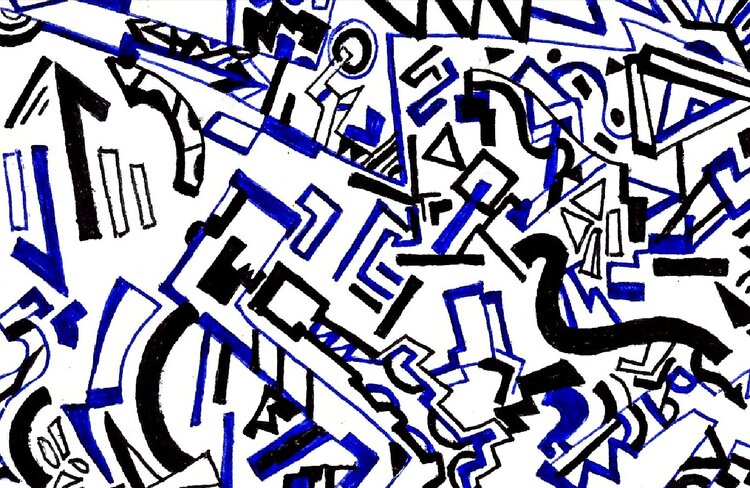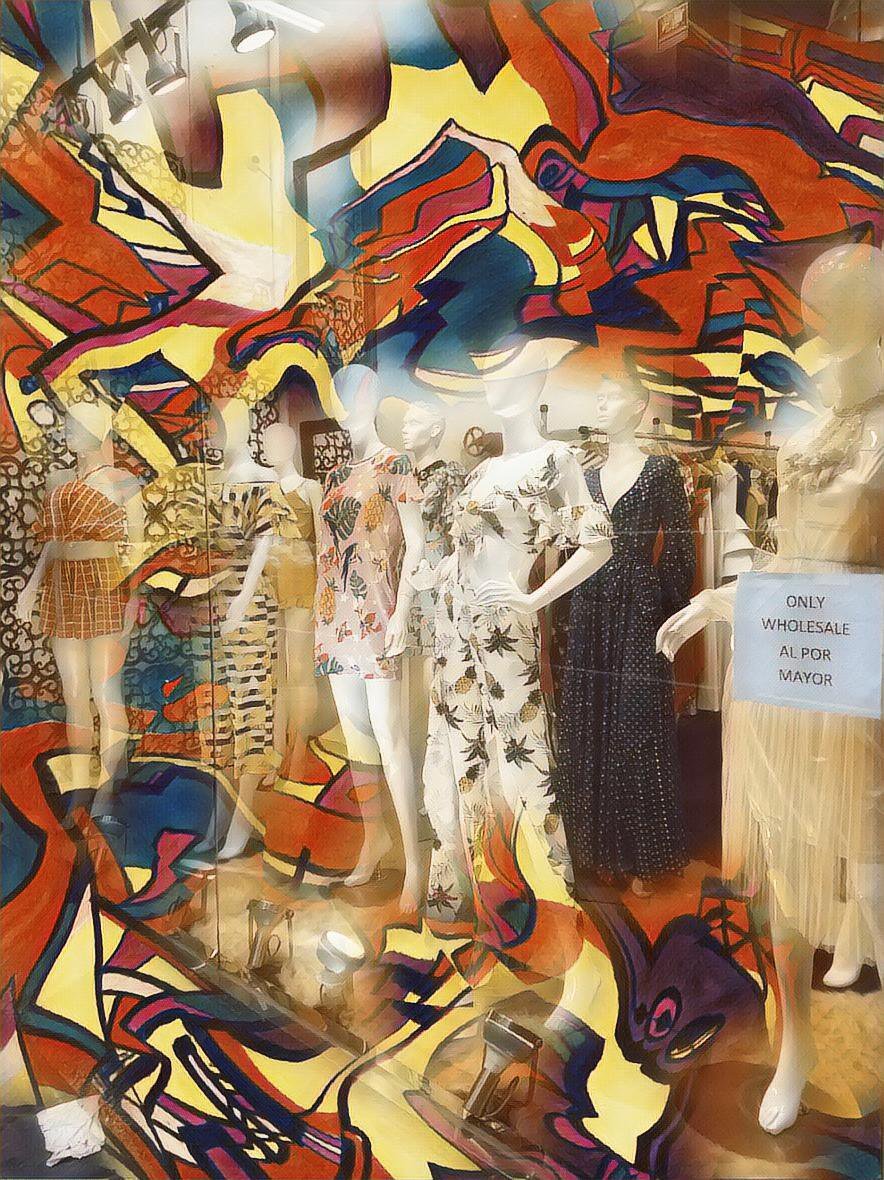Circles2lines aims to illuminate new realities and perceptions of space, time, existence and human experience. Staring out, I aimed to uncover what could be felt in energetic space - the energy and vibration of space, place, and experiences. In documenting the energetic dimensions of my surroundings, the unfolding concrete realities of New York City captured my attention. Always infatuated and intrigued by architecture, I became hypnotized by the lines, angles, patterns, geometry, and emotion of urban space.
Growing up in a college town (pre-studentification), my aesthetic psyche was shaped by non-homogenous expressions — even remnants of the 60s and the Summer of Love. The town center and its sidewalks were an eclectic mix of local shops, steel drums, incense stands, goth kids, skateboarders, and hacky-sack circles. Each expression in the sidewalk cacophony made its unique mark on our shared energetic space. I first encountered the inverse of the sidewalk cacophony — homogeneity — as a preteen.
The first chain store slabs of concrete appeared — and, thankfully, stayed — on the outskirts of town. In what was once a flea market, it’s own bustling cacophony of bargains and bartering, a Wal-Mart and Target setup shop. It was a strange transition into the neoliberal aesthetic. My introduction to homogeneity broadened when I visited Dallas, TX for the first time.
Dallas was where I first encountered suburban housing developments. When I tried venturing for a walk, upon my first visit, I cried out in fright because of the unbearable sameness. I never saw anything like it. Growing up in a walkable, lively town — full of characters and color — I never conceived of or encountered cookie cutter neighborhoods and concrete houses spanning for miles into the horizon. It all seemed like a post-apocalyptic nightmare of sameness.
As I got older, mainly in the last seven years, I’ve lived all over the US, mainly in remote towns and small cities. When I moved to New York City, it was to be in and share public with others — where there are multitudes of happenings, circumstances, and walks of life unfolding simultaneously.
I moved to celebrate real house music and dance all night — and not be limited by closing time. I found all of these expressions of life in pockets. When I stepped out of my chosen pockets of existence in New York City, I found the very opposite of what I was seeking: homogeneity.
Places and streets all looked formulaic. People dressed and looked the same. There were too chain stores and nothing vaguely unique to neighborhoods anymore (in most place). Seeing the wave of suburban blandness take over Brooklyn and other parts of the city — and further deepen into cracks and crevices of neighborhoods — shocked me to my core. I could feel the life being sucked out of energetic space. Every year, a neighborhood would be lost to the formula: new café, more white millennials with dogs, less people of color and intergenerational families, sudden road repairs, and new apartments incongruous with the neighborhood’s historical architecture. Homogeneity displaced, replaced, and erased historical communities and places — and for what? Seeing this formulaic approach to so-called development — which is based on displacing others and destroying energetic space — infuriated me, so I started to ask myself: Why is this happening?
Simply asking why helped me make sense of the disorientation I was experiencing. And I began to uncover a story: displacement and replacement is intentional, systemic and systematic.
When I started CIRCLES2LINES, my goal was the challenge perceptions of reality and ask: How can what is felt be illustrated and visually conceived? Seeing and feeling the story behind displacement and replacement in New York City — a now hyper-gentrified, suburbanized, commodified reality —birthed the VACANT series.

